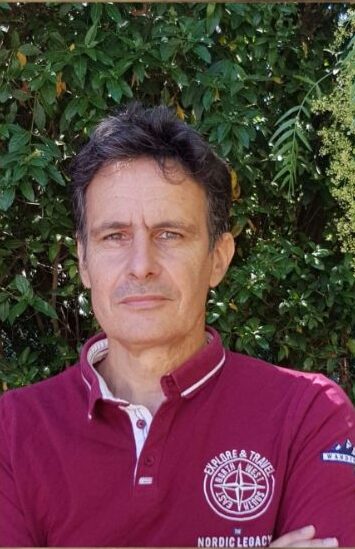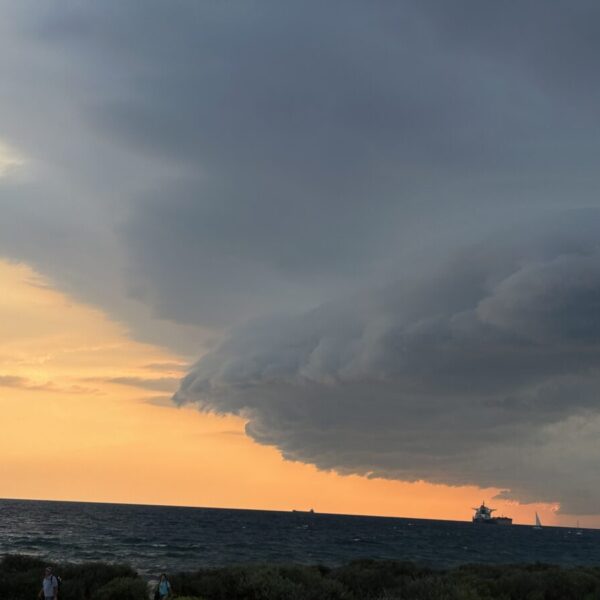The third United Nations Conference on Oceans (UNOC3) held in Nice in June raised awareness among populations about rising waters, storms, flooding, and coastal erosion. In the face of climate urgency, it is necessary to deploy transdisciplinary research, bridging hard sciences and social sciences, to develop reliable digital models that can help us anticipate crises related to climate upheavals and inform public decisions.
Index – Mediterranean Knowledge Library
Mediterranean Coast: anticipating the unpredictable - Jacques Piazzola - Published on: 22-med on September 4, 2025 - coast #mediterranean #oceanography #climate #flooding #inundation #artificialintelligence #economy #port #tourism #participativescience #MEDD
• Coastal oceanography, a discipline born in Toulon, sheds light on the impacts of climate change in the Mediterranean.
• Data is abundant (satellites, radars, sensors), but their reliability must be constantly evaluated.
• The objectives of the MEDD cluster resonate with the major scientific challenges faced by the Mediterranean region due to climate change.
• Physical models, complemented by artificial intelligence, pave the way for better forecasting of extreme events.
• The economic and social consequences of flooding, inundations, and coastal erosion are central to public policies.
• Participative science, integrating the memory of residents, is a lever for innovation and scientific legitimacy.
Interview conducted by Olivier Martocq
I am a professor at the University of Toulon and a researcher at the MIO laboratory (Mediterranean Institute of Oceanography, CNRS – University). I belong to a laboratory that has been working on coastal and littoral oceanography since the 1990s, a young discipline that takes into account the influence of specific physical processes related to the presence of the land-sea interface. Unlike offshore oceanography, which is oriented towards the open sea, we seek to understand how swells, currents, winds, and topography interact and shape our coasts. Because it is indeed on the coast, this fragile line between sea and land, that a large part of the effects of climate change is concentrated.
Data, a treasure to handle with caution
In this field, the "nerve of war" is data. Today, we have networks of buoys, pressure sensors (cf. Htmnet), radars, underwater gliders (cf. Moose), but also stations like those in Porquerolles or Cap Bénat, which have been measuring atmospheric flows, sea surface conditions, and ocean circulation for thirty years. Satellites and open databases enrich our research, but we must remain vigilant: some data comes from reanalysis measurements, combining observations and simulations, sometimes extrapolated, which can carry large uncertainties. Training students and decision-makers to understand these limits is a major responsibility of scientists. From this data, we develop physical models: complex equations that describe winds, currents, waves, and even the atmospheric dispersion of marine aerosols or Saharan dust. These models allow us to reconstruct the past, test the reliability of our measurements with the aim of ultimately using them for forecasting. However, the finer the spatial resolution, the heavier the calculations become, and the longer the computation times. Thus, modeling the Mediterranean below one kilometer requires computation times incompatible with real-time alerts necessary during extreme events like floods or storms.
When artificial intelligence complements physics
That is why we are exploring a new avenue: coupling physical models and artificial intelligence. At an experimental site on the Var coast, equipped for several years with sensors, we are testing deep learning algorithms capable of detecting weak signals and refining local forecasts. AI is not a magic wand, but it can "ingest" large databases and better describe local phenomena to enhance our capacity for anticipation, particularly for managing flash floods, marine inundations, or tsunamis. An additional challenge is reconciling the long time frame of climate with the short time frame characteristic of disaster occurrences. The climate evolves silently — ten centimeters of sea level rise over thirty years in the Mediterranean — while Cevennes or Mediterranean episodes develop rapidly and strike within minutes. Therefore, models must both help manage emergencies and inform land-use policies over several decades.
Major economic and social impacts
Climate change is not just a physical or ecological issue: its impacts are socio-economic. Take fishing ports: a variation in water level can lead to wave resonance phenomena, potentially damaging boats due to induced chop, with concrete consequences for economic life, such as interrupting fishing for several weeks and thus depriving families of income. Similarly, beach erosion jeopardizes the tourist economy of many islands and coastal resorts. Our models must therefore integrate cost calculations, spatial inequalities, and be capable of advising public policies to be implemented. Finally, I am convinced that we must involve the residents of the investigated regions in our research activities, as local populations often possess a memory of places that theoretical models do not have. This experience, combined with our data, can enrich the understanding of coastal dynamics. Participative science is a path to strengthen to make our tools more reliable, but also more legitimate in terms of acceptability.

Jacques Piazzola: scientist by training, continued his career in teaching and research as a Professor at the University of Toulon. A specialist in the Physics of ocean-atmosphere interactions and the atmospheric dynamics of marine aerosols, he is the author or co-author of about fifty articles published in international peer-reviewed scientific journals. He also teaches at the "SEATECH" engineering school, which trains engineers in marine sciences.
Jacques Piazzola currently leads the MEDD cluster (Sea, Environment, and Sustainable Development), which constitutes an interdisciplinary grouping of ten research laboratories focused on marine sciences, the environment, and sustainable development. The originality of this structure lies in its scope of action, which proposes a cross-cutting approach between so-called "hard" or "exact" sciences (physics, chemistry, biology, mathematics...) and human and social sciences (literature, economics, management, STAPS, law...).
The objectives of the MEDD cluster resonate with the major scientific challenges faced by the Mediterranean region due to climate change and anthropogenic impact and their socio-economic consequences. The cluster involves more than a hundred teacher-researchers and also aims to promote partnerships with local authorities, co-finance, and label interdisciplinary research projects related to marine sciences and sustainable development.

Cover photo: arrival of a storm near the port of Fos-sur-Mer © 22-med
